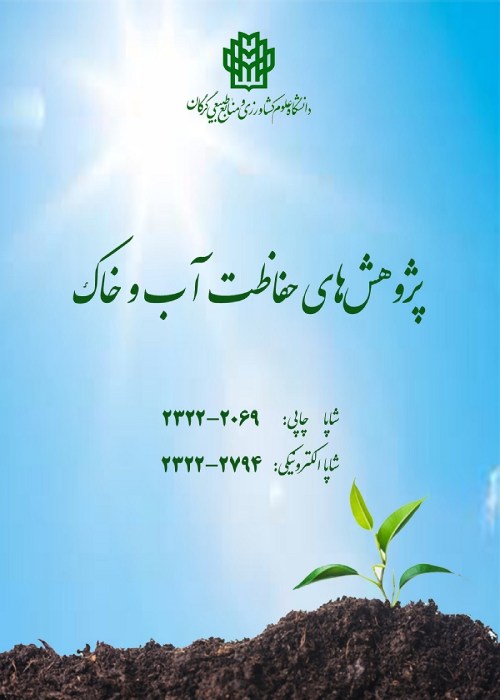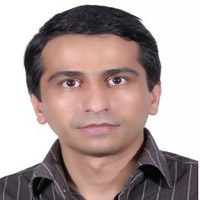Investigation of Temporal and Spatial Variations of Water Balance Components and Hydrograph Separation of Arazkouse Watershed through Groundwater Recharge Modeling using WetSpass Model
Groundwater recharge is one of the most important factors in sustainable development and management of groundwater resources. Obviously, other hydrological, social and economic factors should also be considered. Estimation of recharge is a complex and challenging process. This is due to this fact that recharge is dependent on variables such as land use, topography, soil, climatic conditions, as well as on other hydrological factors. In this research, the monthly water balance components were estimated using distributed WetSpass model.
In this research, water balance components including evapotranspiration, interception, runoff, and groundwater recharge for the Arazkouse Watershed during the years 2001–2015 on a monthly basis at spatial resolution of 100 m * 100 m were simulated using WetSpass model and rainfall, temperature, evaporation, wind velocity, groundwater depth data and soil texture, topography and land use maps of the area.
The findings in this research are based on evaluation criteria used in calibration and validation periods of flow hydrograph components including direct runoff, base flow, and total flow simulated by WetSpass model and hydrographs separated by WHAT software. The WetSpass model had a relatively satisfactory performance for simulating groundwater recharge and other hydrologic components of the Arazakouse watershed. It should be noted that the Nash-Sutcliffe coefficient values for the calibration and validation periods as standard criteria of evaluation in the hydrological simulations for direct runoff are 0.6 and 0.51, respectively. In addition, considering the base flow, Nash-Sutcliffe coefficients for the calibration and validation periods were 0.55 and 0.50, respectively. The values for total runoff for calibration and validation periods were 0.63 and 0.53, respectively. After investigating the efficiency of the model, the temporal-spatial distribution of water balance components for different land use types and slope classes was investigated. The analysis shows that the variability of the hydrologic components is significantly affected by climate and its seasonal changes and also by characteristics of physiography, vegetation and land use. The annual volume of recharge and runoff in the forest areas are 23115791 m3 and 1776217 m3 respectively. The highest proportion of runoff in this land use belongs to slopes above 30%. The highest volume of annual runoff in the Arazkoush watershed is in the residential areas in medium and high slopes with 156300 m3.
According to the research, it can be stated that the amount of water balance components, especially the amount of recharge as an important factor in the investigation of surface and groundwater interaction are influenced by climatic, physiographic, and land use/land cover factors . Therefore proper estimation of water balance components can play an important role in sustainable management and development of surface and groundwater resources.
- حق عضویت دریافتی صرف حمایت از نشریات عضو و نگهداری، تکمیل و توسعه مگیران میشود.
- پرداخت حق اشتراک و دانلود مقالات اجازه بازنشر آن در سایر رسانههای چاپی و دیجیتال را به کاربر نمیدهد.



